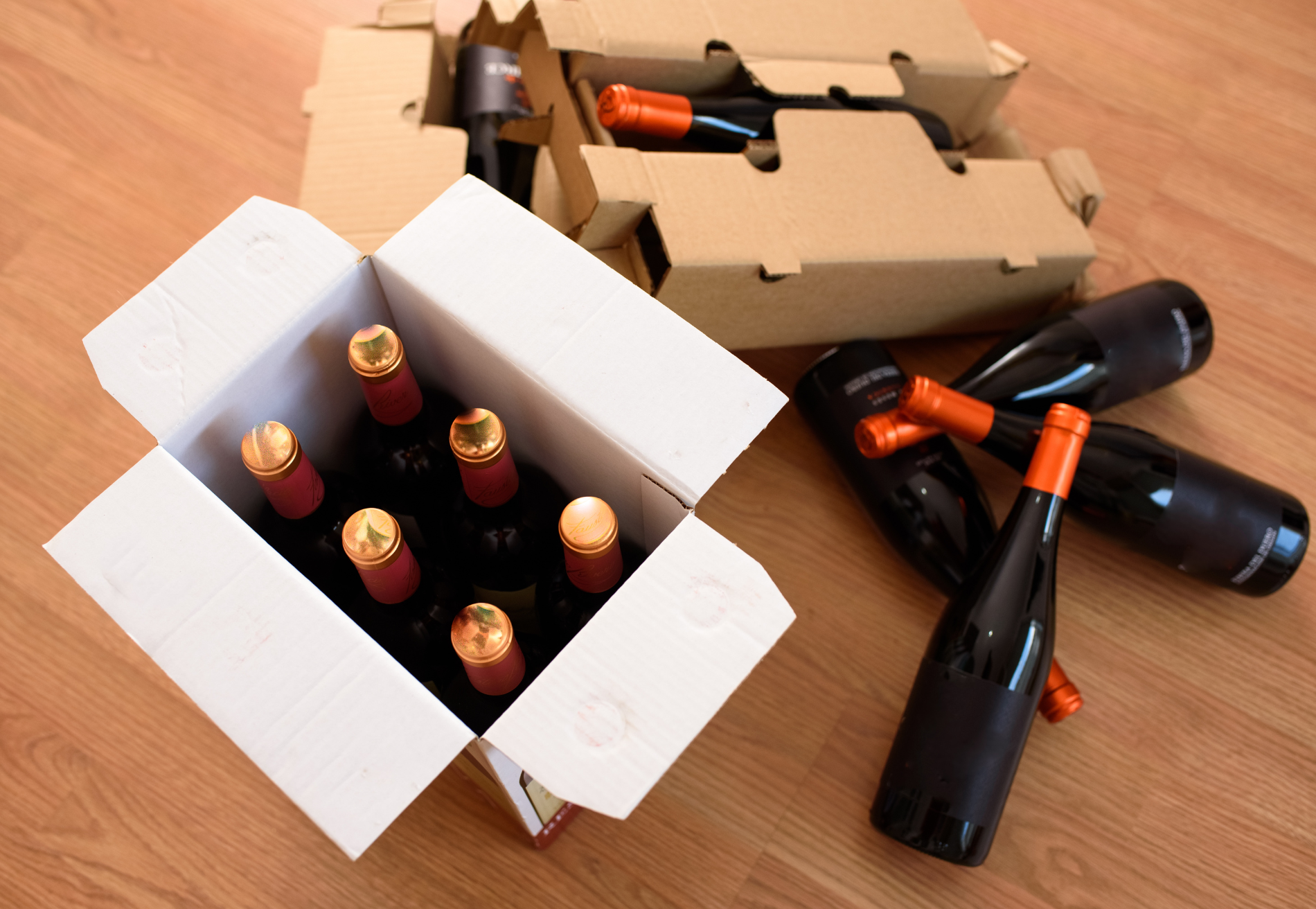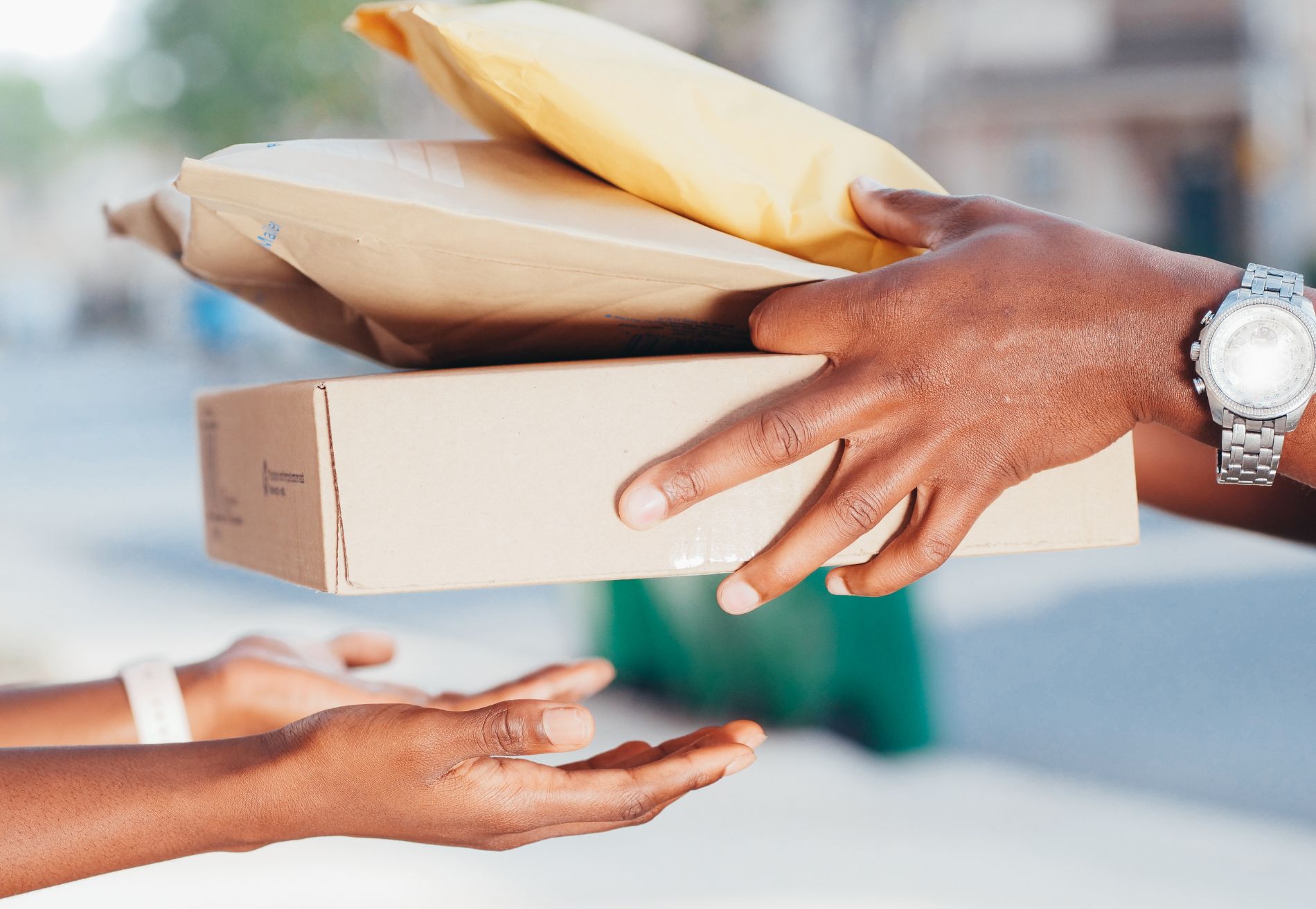Revolutionizing Restaurants with Digital Delivery Route Organizers
.png)
Optimizing delivery routes is crucial for improving restaurant operations, but traditional methods of organizing delivery routes can be cumbersome and time-consuming.
A much better option is available in digital delivery route organizers. Route organizers, like the software made by Shipday, are far superior and can help you plan out the logistics of organizing routes with real-time data in no time, saving dispatchers time and energy.
In this article, we’ll talk about the disadvantages of the traditional way of organizing delivery routes and contrast that with the benefits of using the new digital route organizers to take care of the delivery process.
The Old Way: Manual Route Organization
In the past, planning delivery routes was analogous to navigating through a labyrinth. Restaurant owners and managers found themselves entwined in a web of road conditions, traffic jams, and hundreds of stops. The lack of route optimization was a daunting challenge, often leading to delayed deliveries and inefficiency.
Here's a detailed look at several drawbacks of this traditional method:
1. Inefficient route planning
Multiple stops and inaccurate mapping make route planning with pen and paper very inefficient.
When it comes to a high volume of delivery stops, manual route planning has its limitations. It’s entirely unsuitable for restaurants with extensive delivery needs, for example, such as catering services or busy establishments. This inability for manual route planning to easily plan for multiple stops results in suboptimal delivery schedules and delays in fulfilling customer orders.
The reliance on physical maps was also a significant drawback. These maps couldn't provide real-time updates on traffic conditions, road closures, or the latest road network changes. Consequently, delivery drivers often had to navigate through unexpected roadblocks and congestion, leading to longer delivery times and frustrated customers.
2. Time-consuming route planning
Manual route planners struggle to find the fastest and most efficient routes. This often means delivery drivers had to take longer routes, increasing the time it takes to complete deliveries. Inefficiencies in route planning also mean more time spent on the road and less time available for other essential tasks.
This manual data entry wasted valuable time and also increased the risk of mistakes in delivery addresses, leading to failed deliveries or incorrect drop-offs.
3. Poor Customer Satisfaction
Inaccurate and suboptimal routes result in delivery delays. Customers who expect timely deliveries are often disappointed when their orders arrive late, negatively impacting their overall satisfaction with the restaurant.
Inefficient routes not only lead to delivery delays but also increase fuel costs for the restaurant. Delivery vehicles have to cover longer distances, consuming more fuel and reducing the restaurant's profitability. Moreover, the lost revenue due to delayed or inefficient deliveries can harm the restaurant's bottom line and reputation.
Route Planning Software: Speedy Route to Efficiency
Today’s digital delivery route planning solutions have emerged as essential tools for restaurants and other delivery businesses.
These apps offer a plethora of options for route planning. Whether dealing with a single delivery or managing complex multi-stop deliveries, the software ensures the shortest and most efficient routes. This not only optimizes driving time but also has a positive impact on fuel consumption, ensuring a greater return on investment.
Digital delivery route planning apps go beyond the basics, offering extra features for a seamless experience. The customization of routes based on driver and route preferences, offline and built-in navigation, and mapping service integration are just a few of the advanced features available.
One of the standout features of digital route planning software is dynamic routing. This advanced feature allows for automatic route calculation based on real-time data, such as road conditions and traffic jams. Real-time driver tracking is another feature that keeps individual drivers in check, allowing for easy adjustments to driving routes.
Digital delivery routing apps also ensure timely customer alerts and delivery notifications, leading to a more positive experience. The ability to manage delivery windows effectively and demand dispatch ensures dedicated customer satisfaction, making these apps invaluable.
The Shipday Advantage: A Digital Delivery Route Organizer
Shipday offers a comprehensive digital solution that revolutionizes delivery route planning, making it efficient and customer-centric. Here are the key advantages of Shipday:
Efficient Routes and Optimal Routes
Shipday employs advanced route optimization software, ensuring that your delivery routes are not just efficient but also optimized for real-time conditions like traffic and road closures. This means faster deliveries and happier customers.
Multi-stop routes
Shipday has designed its software to handle unlimited stops per route. This capability is particularly valuable for restaurants with high delivery volumes, allowing them to efficiently plan routes for large numbers of deliveries.
Real-Time Updates
Shipday integrates seamlessly with Google Maps, providing real-time traffic updates. This feature guarantees that your drivers are always on the fastest route, minimizing delays and improving delivery accuracy.
Customer Notifications
Shipday offers real-time customer notifications, keeping customers informed about their delivery's status. This transparency enhances customer satisfaction and trust in your delivery services.
Route Customization
Shipday understands that delivery routes can be complex. It allows for route customization, accommodating unique preferences and requirements. This flexibility is crucial for businesses with intricate delivery needs.
Driver Tracking
Shipday provides real-time tracking of delivery drivers. This feature enhances driver management, allowing you to monitor driver locations, assign tasks efficiently, and communicate seamlessly with your team and customers.
With Shipday's all-in-one direct delivery platform, businesses can streamline their delivery operations, reduce labor costs, and create a seamless experience for both drivers and customers. By tapping into commission-free third-party delivery couriers, automating delivery operations, and offering real-time tracking, Shipday empowers businesses to focus on growth while ensuring reliability and customer satisfaction.
Frequently Asked Questions
Here are some more common questions businesses ask about digital delivery route organizers:
What is a delivery route planner app?
A delivery route planner App, like Shipday, is a digital tool that helps businesses efficiently organize and optimize their delivery routes, ensuring timely and cost-effective deliveries.
Can a delivery business use the Waze free route planner app?
While Waze is a popular navigation app, it does not provide the advanced route optimization capabilities that dedicated delivery route planners like Shipday offer.
What is the best route planner app?
The best route planner APP depends on your specific needs. Shipday is a top choice for delivery businesses due to its powerful features and customization options.
What makes a good delivery route?
A good delivery route is one that minimizes travel time, considers real-time factors like traffic, and optimizes the sequence of stops to ensure timely deliveries and cost savings.
Conclusion
For restaurant owners and managers seeking to improve delivery efficiency and provide a positive experience, digital delivery route planning solutions are the way to go.
Shipday's digital delivery route organizer is a game-changer for restaurant owners and managers, offering efficient routes, real-time updates, and customization options to enhance the delivery experience. Say goodbye to manual planning and embrace the future of restaurant delivery with Shipday.
Index
Ready to get started?
Play around with it first, add your team, pay later.








.avif)






%201.svg)
